- Learning time
- 10 minutes
- First play time
- 30 minutes
Pickomino
Designed by: Reiner Knizia
In Pickomino (also published as Heck Meck) players represent… chickens. And each chicken is trying to get as many worms as they can by the end of the game.
The worms are represented on a set of dominoes, which are numbered from 21 to 36 and show between one and four worms. These are laid out in the centre of the playing area, and on a players turn, they roll a set of eight dice.
What they are trying to do with the dice is collect as many worms as possible by matching the numeric value of a domino with the collective numeric value of your dice. The dice are six-sided and numbered 1-5, with the sixth side showing a worm (worms are also worth five). To collect any domino, the active player must have a worm amongst their dice!
After each roll of the dice, you choose which numbers to keep – for instance, if you rolled 4 4 2 1 W W you might keep the two worms (value 10) before rolling again. You must keep all of whatever value you choose. However, on each subsequent roll you must take another value, as you can never take a number value you already have in your hand. So it’s quite common to go bust: for instance, if you had WW from your first roll, a 5 from your second roll and a 3 from your third roll, and then you were unlucky enough to roll 5 5 3 W with the remaining dice. Because you’ve already taken these numbers, you’ve now gone bust: if you have any dominoes in front of you, the top one gets returned to the table and the highest-value domino in the central pool gets flipped face-down, out of the game.
As soon as the dice you’ve claimed match one of the available dominoes, you can choose to either take it, or risk continued rolling to get a higher-value domino, and – more worms.
Players collect their dominoes in a pile in front of them, and whatever domino is on top can be stolen by the other players if they choose to. As the central dominoes get claimed, it’s possible to accrue a number with your dice that’s higher value than a central domino but doesn’t match an opponent’s number either. In this instance it’s permissable to take the next-lowest available domino from the centre (stealing from another player must always be exact numbers).
The game ends when the last domino is taken from the centre and the worms are counted up.
The guru's verdict
-
Take That!
Take That!
There can be a lot of stealing dominoes in Pickomino, although it's often inadvertent rather than planned.
-
Fidget Factor!
Fidget Factor!
The game moves too fast for fidgeting.
-
Brain Burn!
Brain Burn!
Almost none. The decision is whether to stick, or twist and go for higher values - which are also harder for the other players to steal from you! Smaller children can be helped with adding up.
-
Again Again!
Again Again!
Very simple and fun.

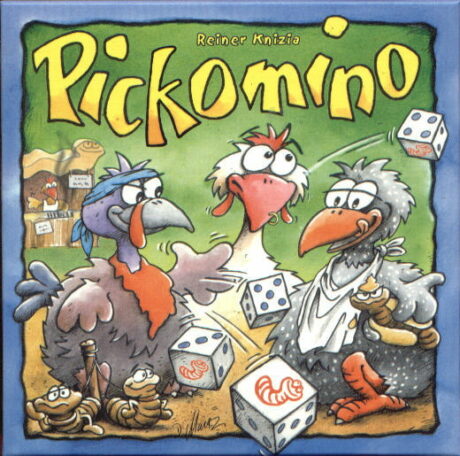
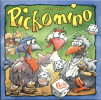
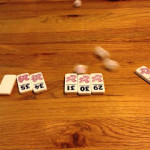
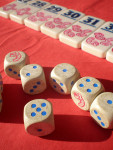
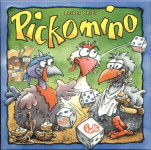


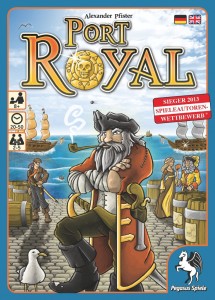
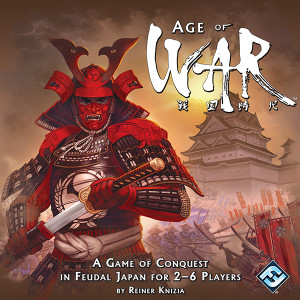
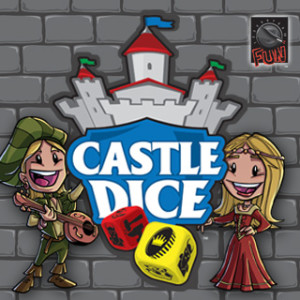
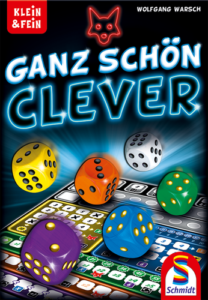
Sam says
A fun game you can teach in about two minutes, but a little more to it than first appears. A first play is all it takes to realise that there are choices to be made - play safe, and risk someone else getting the big tiles? Or push the boat out and risk ending with nothing? I like it.